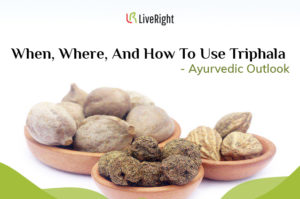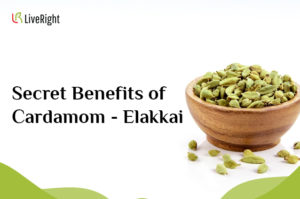What is Keto /LCHF diet?
It is a broad term for having diet plans which contain lesser carbohydrates and more fats. It generally has the following
Do eat: Eggs, Meat, Fish, Vegetables growing above the ground, butter, natural fat
Don’t Eat : Sugar, Starch (like bread, rice, pasta, potatoes etc..), soft drinks, juices, beer etc..
Who should take Keto diet?
Keto diet was initially prescribed by nutritionists for patients with metabolic issues like diabetes. the diet was advised for a specific duration to patients who were not able to do physical activity but needed to reduce weight.
This helped patients in reducing body weight and sugar levels. The results encouraged more people to adopt the diet for weight loss, mostly without consulting any health advisor.
What is the benefit of Keto diet?
Lack of carbohydrate in the food will force the body to use up the stored glycogen in the body. It will also reduce the water content from the muscles and adipose tissue. This will lead to weight loss very fast. This will also reduce the sugar levels in the blood.
The long-term effects of this diet are not available today. The high-fat content in the diet may not be good in the long-term usage.
What are the complications?
One of the major concerns of this diet is that it has high amounts of fat and protein. High fat in the diet increases the risk of cardiovascular diseases. High protein puts heavy load on the kidneys during its metabolism. In patients with kidney diseases, it may lead to an increase in the Creatinine levels or even to kidney failure.
Ageing and skin problems
Skin is a common area where complications are seen, symptoms like Keto rash are not uncommon. The skin also tends to have more wrinkles due to lack of antioxidants. Excessive Meat (especially Red Meat) intake leads to build up of Heme iron to toxic levels to cause oxidative stress. It can accelerate cell damage and aging.
Depression and mood swings
LCHF diet increases the risk for depression and mood swings as the production of Serotonin is affected. Starch is essential for the production of Serotonin or the happy hormone.
Digestive problems
Constipation is one of the most common problems in Keto diet as the diet lacks enough dietary fiber. In short term it can be seen as heartburn, bloating indigestion etc. but long-term complications include Piles and colon cancer.
So what is a good diet?
We can see that the LCHF or Keto diet is a short-term solution for certain patients and not to be adopted by all. It is a shortsighted approach without a holistic view of wellness.
A good diet should contain all elements in moderate quantities which is a balanced diet. Ayurveda suggests having good amounts of fruits and vegetables that are locally grown. Fish and meat can also be taken in moderation. In case you are not involved in physical activities, the amount of carbohydrates can be reduced. It can be substituted with more fiber or vegetables.



